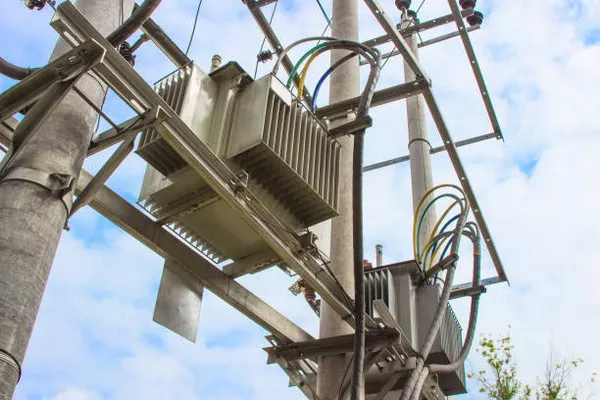Electrical transformers are unsung heroes of the power distribution network, silently and efficiently performing the crucial task of transferring electrical energy between circuits. These devices play a pivotal role in the seamless transmission of electricity, converting voltage levels to meet the specific requirements of various applications. To demystify the inner workings of these essential components, this article explores the intricate design and components that make up the anatomy of an electrical transformer.
Basic Components:
At its core, an electrical transformer comprises two primary components: the core and the windings. These components work in tandem to facilitate the transformation of voltage levels.
Core:
The core serves as the backbone of the transformer, providing structural support and serving as a medium for magnetic flux. Typically made of laminated steel sheets, the core minimizes energy losses by reducing eddy current and hysteresis losses. The laminations are insulated from one another to prevent the formation of closed loops, ensuring efficient energy transfer.
Windings:
The windings, consisting of coils of insulated copper or aluminum wire, are wound around the core. There are two types of windings: primary and secondary. The primary winding receives electrical power from the source, while the secondary winding delivers the transformed voltage to the load. The number of turns in each winding determines the voltage transformation ratio.
Working Principle:
Understanding the working principle of a transformer is crucial to unraveling its inner workings. The transformer operates on the principle of electromagnetic induction, a phenomenon discovered by Michael Faraday in the 19th century. When an alternating current (AC) flows through the primary winding, it generates a magnetic field around the winding. This magnetic field induces a voltage in the secondary winding, resulting in the transformation of voltage levels.
Insulation:
Insulation is a critical aspect of transformer design, ensuring the safety and longevity of the device. The windings are insulated to prevent short circuits and ensure electrical integrity. Common insulation materials include paper, oil-impregnated paper, and synthetic materials such as Mylar. The insulating oil, often referred to as transformer oil, serves a dual purpose by providing both insulation and cooling for the transformer.
Cooling Systems:
Efficient cooling is essential to maintain optimal operating temperatures and prevent overheating. Transformers employ various cooling systems to dissipate heat generated during operation. The most common cooling methods include:
Oil Cooling: Many transformers use oil as a cooling medium. The oil absorbs heat from the windings and transfers it to the transformer tank, where it is dissipated through radiators.
Air Cooling: Dry-type transformers rely on air circulation for cooling. Ventilation openings in the transformer casing allow air to flow over the windings, carrying away heat.
Forced-Air Cooling: Some transformers incorporate fans to enhance air circulation and improve cooling efficiency. This method is particularly effective in transformers with higher power ratings.
Accessories and Monitoring Devices:
To ensure the reliability and safety of transformers, various accessories and monitoring devices are incorporated into their design. These include:
Buchholz Relay: Installed in oil-filled transformers, the Buchholz relay detects and signals the presence of faults such as internal arcing or gas accumulation within the transformer.
Pressure Relief Devices: These devices prevent excessive pressure buildup inside the transformer tank, safeguarding against potential explosions.
Temperature Monitoring Devices: Sensors and gauges monitor the temperature of the windings and oil, providing valuable data for preventive maintenance.
Tap Changer: Some transformers feature tap changers, allowing adjustment of the transformer’s turns ratio to accommodate variations in the input voltage.
Conclusion:
Electrical transformers, with their seemingly simple yet intricate design, play an indispensable role in the power distribution infrastructure. The core, windings, insulation, cooling systems, and monitoring devices collectively form a harmonious ensemble, ensuring the reliable and efficient transformation of electrical energy. As technology continues to evolve, transformers will undoubtedly undergo further innovations, enhancing their performance and contributing to the resilience and sustainability of our power networks.

